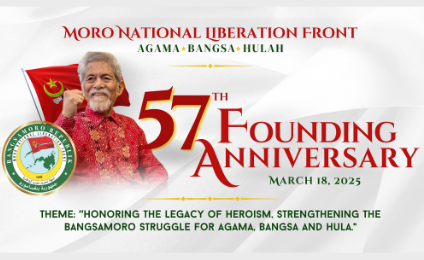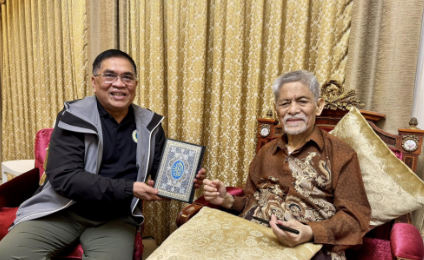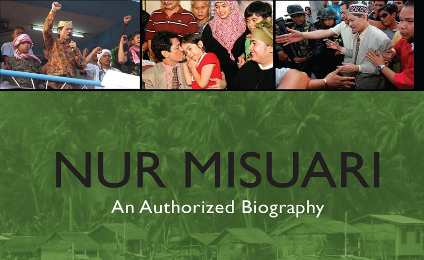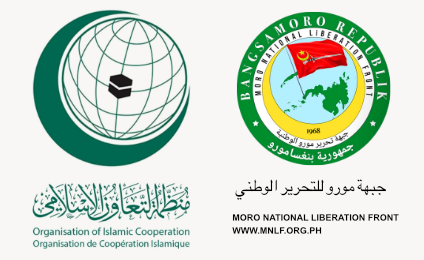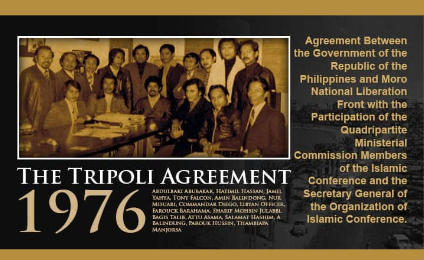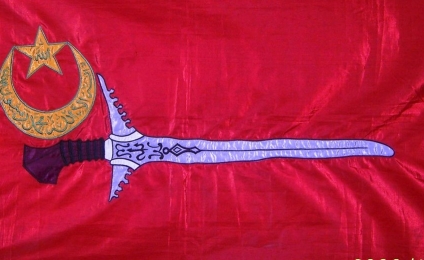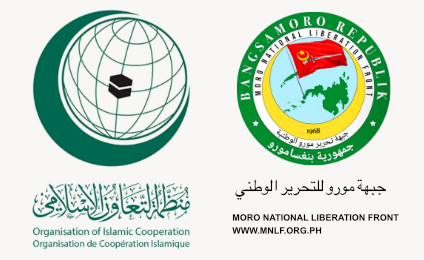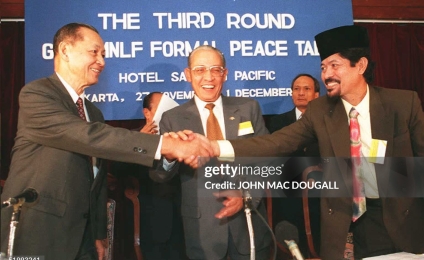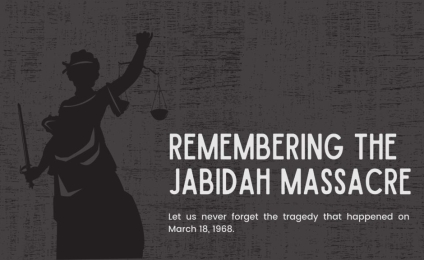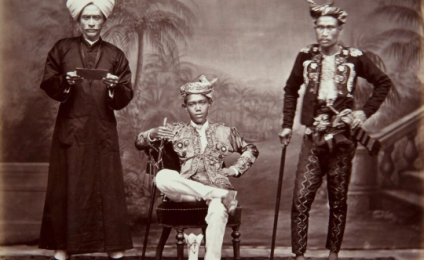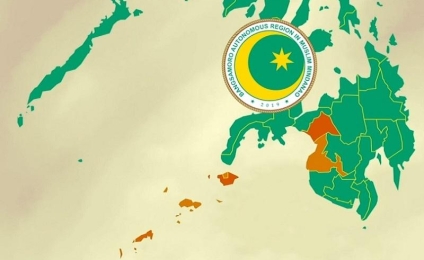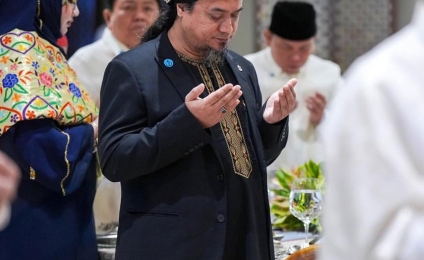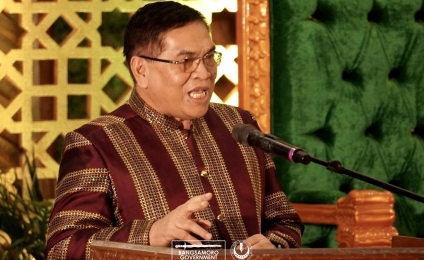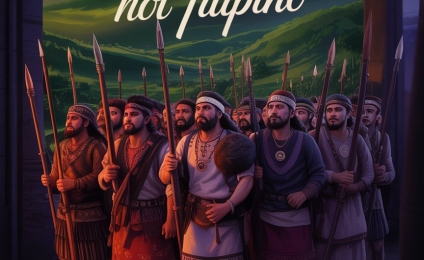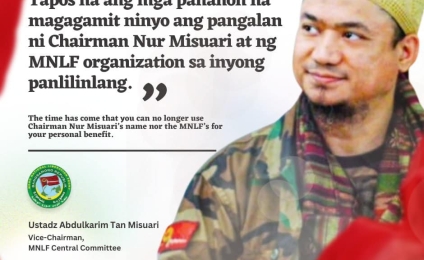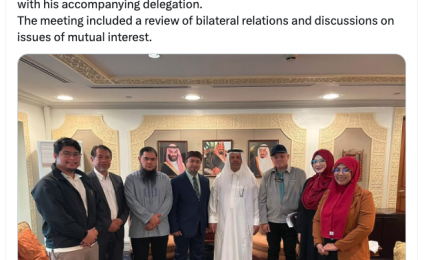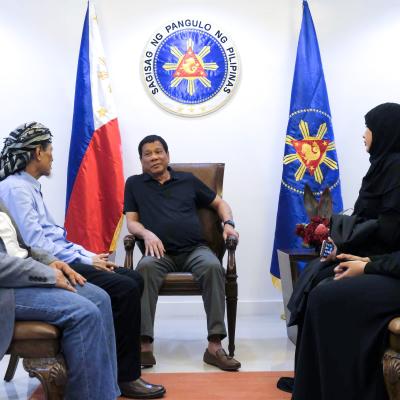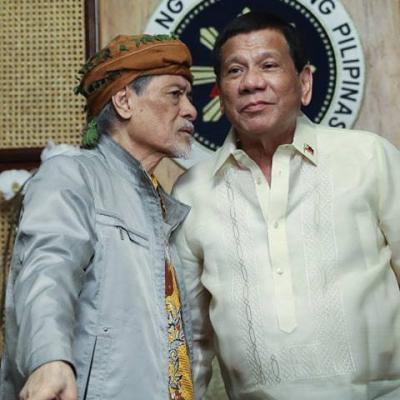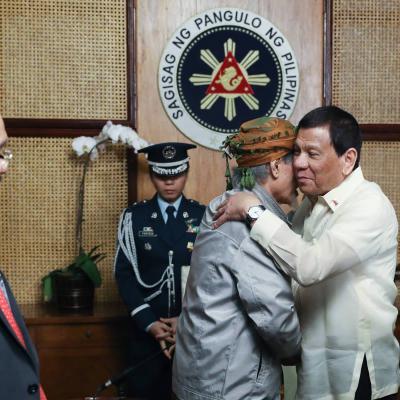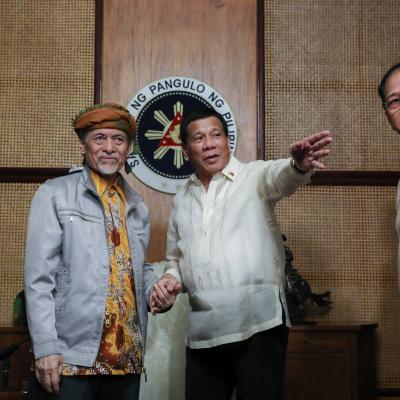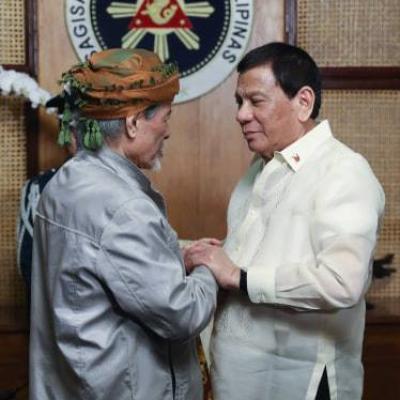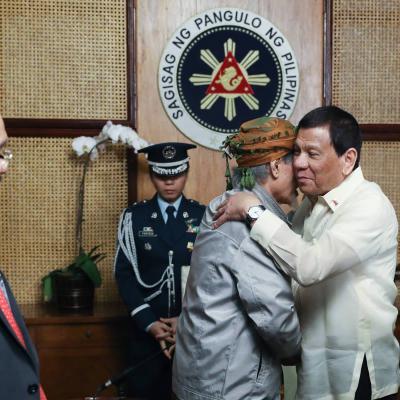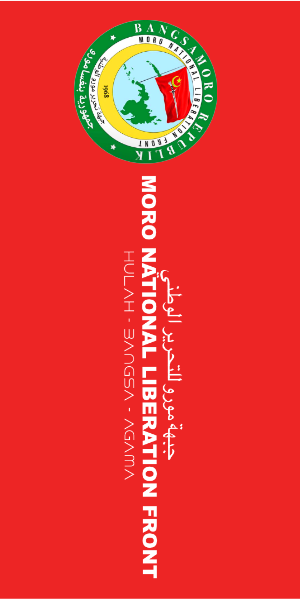Roughly four decades before the Hiroshima and Nagasaki bombings, massive deaths also happened in Lupah Sug (Sulu). And these incidents occured in the twin mountains of Lupah Sug called BUD DAHU and BUD BAGSAK. These twin events, however, were both battles between firepowers and knives, between soldiers and civilians, between invaders and defenders and between traitors and true warriors. There were deaths on each side in both fights, and each battle lasted several days.
More than 3,000 Tausug People died in these Twin Mountains, about the same number of casualties the United States suffered in the Twin Towers piloted bombings on September 11, 2001.
The first one was the Bud Dahu Battle from March 5 to 7, 1906, where about 600 Tausugs men, women and children stood against the cannons, mortars, guns and pistols of the invading battalions of American soldiers and recruited Filipino Scouts, the still unpopular traitors at that time . In this battle, all the Tausugs had were the legendary kris, barong, budjak (spear) and even lahut (smallest knife) in the hands of children. After the siege, more than a hundred forces from the American side lay dead or wounded while all defenders embraced martyrdom. In Bud Dahu lies the blood, flesh and limbs of Maas Usap and about 600 Tausugs he led to martyrdom .*5
The second event was the Bud Bagsak Battle from June 11 to 15, 1913 led by Panglima Nakil Amil, Imam Sahipa and Datu Jamih. This was also a fight to the end like the one in Bud Dahu seven years before. More than two thousand Tausug warriors including 196 women and 340 children became Shaheed in this battle, while the Americans suffered more than 300 dead and several more wounded .*6
Consequently, these two fateful events were never massacres as commonly interpreted, labeled and reported. The Tausug People fought and killed considerable enemies as well despite being outnumbered, not to mention that their major weapon were only Kris and Barung. It is a great disservice to say the least to call it a massacre. Besides, Tausugs have never sued the United States nor asked compensations for the deaths of their forefathers*7 . Anyone who will do that will have betrayed those fighters, again.
The word ‘massacre’ implies fightless deaths which were never the case in both incidents. In both mountains, the Tausug Warriors waited for the battalions of high-powered enemy to attack, engaged them till the last drop of their blood, never retreated and stood their ground for many days with all their hunger, thirst, exhaustion, pain, wounds and gunshots, until they met martyrdom. “Indeed, both the Bud Dahu’ and Bud Bagsak encounters were not really massacres of weak, innocuous and helpless natives; rather, they were fierce struggles of brave resistance fighters who rolled logs and boulders down to the advancing US troops and rushed at them time after time. They had no answer to the long-range bombardment, but they held their position stubbornly and refused to surrender. Their inevitable vanquishment was attributable only to their foes’ superior tactics and weaponry. They relied upon the kris and the barung, but “in the best of hands an edged weapon [was] poor defense against a Gatling gun” (Hurley).
Moreover, the term ‘massacre’ used for these Twin Battles is generally unwelcome and unacceptable for Tausugs, especially the descendants of Bud Dahu and Bud Bagsak warriors. Today, however, just like the era of Mark Twain*8, the usage of the word ‘massacre’ is pregnant with political and economic pursuits when referring to both incidents.
More than 3,000 Tausug People died in these Twin Mountains, about the same number of casualties the United States suffered in the Twin Towers piloted bombings on September 11, 2001.
Admittedly, the use of the word ‘massacre’ was used in condemning the excesses of the invading American forces. Since then, it has been repeated to impart the same condemnation. During the time of Mark Twain, it represented an American people’s indignation and shame for the ‘excessive use of force’ committed by their soldiers in foreign land and towards their own indigenous people. However, it is a foreign view in the truest sense of the word as far as the Battle of Bud Dahu and Bud Bagsak are concerned.
Tausugs have their own values and beliefs about war that is entirely different from non-Muslims’ and even from non-Tausug Muslims’. Rather than surrender, become slaves to foreign powers, or even pay ‘sairulla’ (cedula)*9, our forefathers opted to fight to the end hand in hand with their respective families knowing fully the outcome of the battle.
Several stories that are handed down from generation to generation of Tausugs are still largely unknown to the world. They could only marvel what kind of people had rendered the powerful Spanish Empire miserable until its demise. This is not only because Tausugs seldom write, this is mainly because we seldom talk about our history to outsiders. What is generally written about us is not exactly representative of what we are. Parts of us are known by historians, but a great portion of our history is known to us alone. The former history contains stories while the latter contains knowledge. An example of what we are saying can be glimpsed by this legendary conversation leading to the Bud Dahu Battle.
Such were the class of people met by the Spaniards. Generations of Tausug warriors have never failed to honor the Martyrs of Bud Dahu and Bud Bagsak and the fight they proudly stood. Their sacrifices had continuously been emulated, they have always been an inspiration. “Do not call them dead, nay they are alive” says the Qur’an.
A glorious future awaits Lupah Sug whether we like it or not, and whether we believe in it or not. The upheavals in our dear homeland is not happening for the sake of destruction alone but for the coming renewal that we all must prepare. What could be the reason why it is being tossed up and down if not to unravel the boundless treasures underneath our land and seas and within ourselves? As notable elder, Dr. Bangahan, once said, “Lupah Sug can no longer go down, the only way left is upward.”
The twin cities of Hiroshima and Nagasaki has since risen from the ashes of atomic bombs, whereas the Twin Towers in New York, far from being rebuilt, only paved the way for the destruction of countless towers all over the world. Our forefathers have foretold the ‘coming back of American after one hundred years’ to Lupah Sug, and the rise of our homeland again. Will this rise happen against them or with them? No one can tell. What can be told is that it is harder to destroy mountains than cities and towers.
Walhamdulillahi Rabbil ‘A-lameen. Mikimaap kaniyu katan, wassalam.



 – Awarded for his role in promoting peace and dialogue in the Southern Philippines, particularly in the Mindanao conflict1_small.png)
